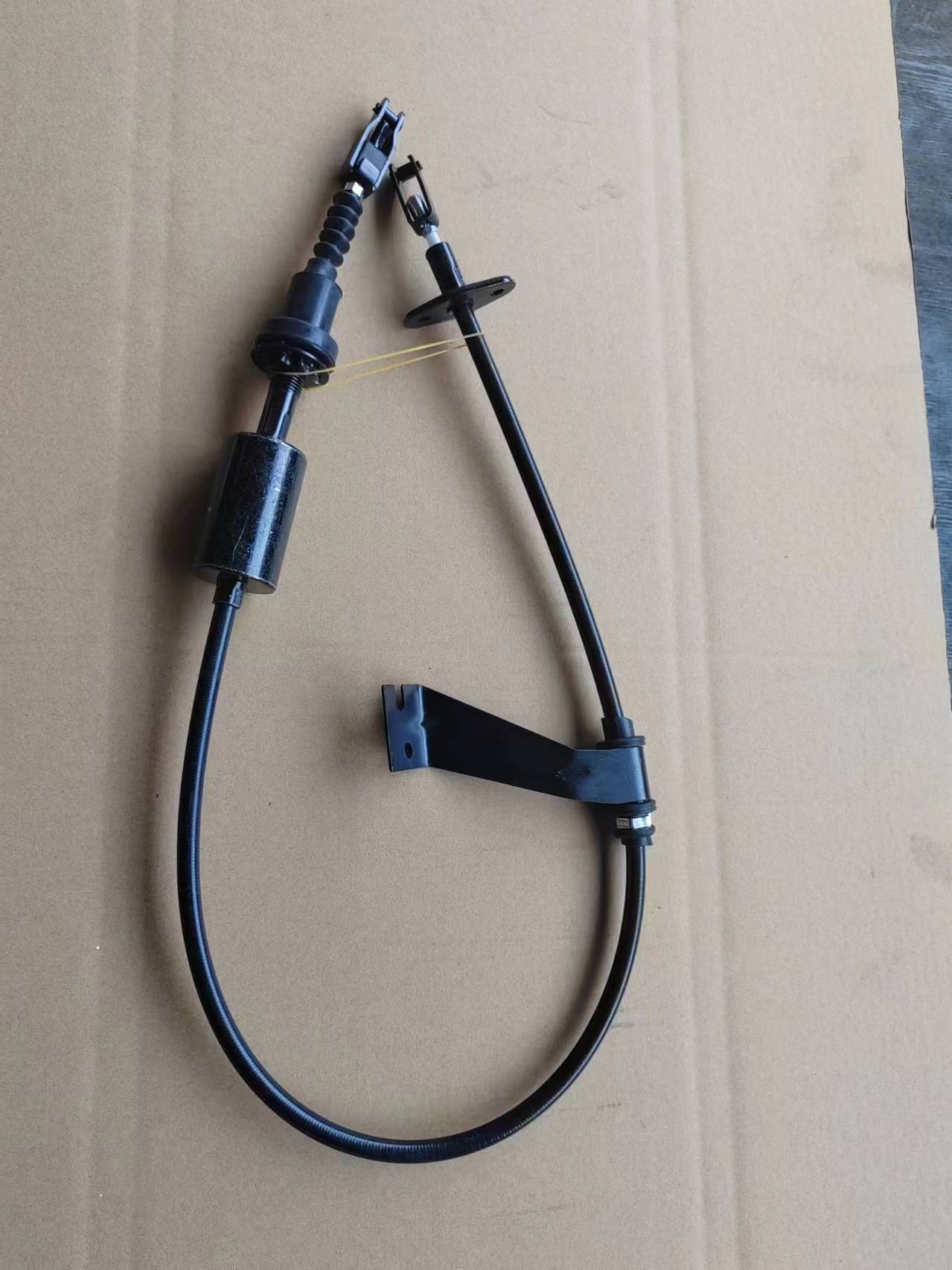derailleur gear cable
Understanding Derailleur Gear Cables The Backbone of Modern Bicycle Shifting
Bicycle enthusiasts often emphasize the importance of quality components in their rides. Among these components, derailleur gear cables play a critical role in ensuring smooth and accurate gear shifting. These cables serve as the lifeline between the shifters and the derailleurs, translating your input into mechanical precision. In this article, we'll delve into the intricacies of derailleur gear cables, discussing their function, types, maintenance, and the overall impact on your cycling experience.
The Function of Derailleur Gear Cables
At their core, derailleur gear cables facilitate the transmission of force from the shifter to the derailleur mechanism. When a cyclist shifts gears, they pull or push the shifter lever. This action tugs on the cable, which in turn moves the derailleur across the cassette of gears. The precise movement allows for smooth transitions between gears, enhancing the overall cycling experience. Without functioning derailleur cables, shifting would be cumbersome, unreliable, and could lead to excessive wear on the drivetrain components.
Types of Derailleur Gear Cables
Derailleur cables come in various types, each designed for specific situations and preferences
. The most common types are stainless steel cables, coated cables, and high-performance variants.1. Stainless Steel Cables These cables are durable and resistant to rust, making them a popular choice among cyclists. They are reliable and provide consistent performance under various weather conditions.
2. Coated Cables These cables feature a polymer coating that minimizes friction between the cable and housing. This coating not only extends the lifespan of the cable but also contributes to smoother shifting. Cyclists who ride in wet or muddy conditions may particularly benefit from this type, as the coating helps keep dirt and grime at bay.
3. High-Performance Cables For serious racers or enthusiasts, high-performance cables made from advanced materials, such as carbon fiber, offer reduced weight and increased strength. These cables can provide exceptional shifting performance, particularly in competitive scenarios.
Maintenance of Derailleur Gear Cables
derailleur gear cable

Maintaining derailleur gear cables is essential for ensuring optimal performance and longevity. Regular inspection and maintenance should be part of every cyclist's routine. Here are a few tips to keep your cables in top shape
- Check for Fraying Periodically inspect the cables for any signs of fraying, kinks, or corrosion. These issues can profoundly affect shifting performance and may necessitate a replacement.
- Lubrication Occasionally, applying lubricant to the cable can reduce friction and improve shifting smoothness. However, avoid over-lubricating as this can attract dirt and lead to more significant issues.
- Adjusting Cable Tension If you notice sluggish or erratic shifting, you may need to adjust the cable tension. This adjustment can usually be made at the shifters or derailleur, depending on your bike's specific setup.
- Replacing Cables Depending on usage and environmental conditions, cables may wear out over time. It's generally advisable to replace derailleur cables annually, or more often for frequent riders.
Impact on Cycling Experience
The quality and condition of derailleur gear cables significantly impact a cyclist's overall experience. Smooth gear shifts allow cyclists to maintain momentum, conserve energy, and ride more efficiently. On the other hand, poorly maintained or low-quality cables can lead to frustrating gear shifts, which might disrupt rhythm and effectiveness during a ride.
Moreover, investing in high-quality cables can improve a bike’s overall performance. In competitive cycling, even the smallest advantage can make a significant difference. A well-maintained derailleur system ensures every shift is as quick and seamless as possible, giving cyclists more confidence to tackle varying terrains and conditions.
Conclusion
In conclusion, derailleur gear cables are crucial for effective cycling, impacting everything from casual rides to competitive races. By understanding their function, maintaining them properly, and recognizing the different types available, cyclists can enhance their riding experience significantly. As you gear up for your next cycling adventure, remember that a reliable derailleur system, starting with quality gear cables, is fundamental for seamless shifting and overall performance. Taking care of these components is not just maintenance—it's an investment in your passion for cycling.
-
Workings of Clutch Pipe and Hose SystemsNewsJun.04,2025
-
The Inner Workings of Hand Brake Cable SystemsNewsJun.04,2025
-
The Secrets of Throttle and Accelerator CablesNewsJun.04,2025
-
The Hidden Lifeline of Your Transmission Gear Shift CablesNewsJun.04,2025
-
Demystifying Gear Cables and Shift LinkagesNewsJun.04,2025
-
Decoding Clutch Line Systems A Comprehensive GuideNewsJun.04,2025
